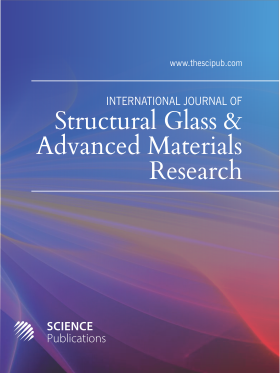Persian Curve Versus Monte Carlo Method
- 1 Shiraz University, Iran
- 2 Yasuj University, Iran
Abstract
The Monte Carlo Simulation method is a powerfultool for solving problems including random variables. The basic idea toimplement a Monte Carlo simulation is to first generate samples of randominputs from their assumed distributionfunctions and then perform a deterministic calculation on the generated randominputs, based on mathematical modeling of the system, to obtain output results.An early version of Monte Carlo simulation is the famous needle experiment. Theidea of random experiment, have been used for solving many complex problems.Simulation based approaches have some disadvantages. Its implementation needs amassive use of computational resource and long calculation times. Moreover,providing linkage between input to the system and its output is difficult.Toward remedy, the phenomenon is considered as the change in the state of the system.Via logical reasoning, concise mathematics and using real world data, theoutput is related to the input via the Persian Curve. The Persian Curveprovided a simple, cheap and exact solution to the problem. Consequently thePersian Curve is proposed as a replacement for the Monte Carlo Simulation. Thevalidity of the work is verified via concise mathematics and comparison of theresults with those of the others.
DOI: https://doi.org/10.3844/sgamrsp.2021.234.246

- 4,631 Views
- 2,641 Downloads
- 4 Citations
Download
Keywords
- Monte Carlo Simulation
- Persian Curve
- Change of State Philosophy
- State Functions
- Probability Density Function
- Expected Value
- Random Variable
